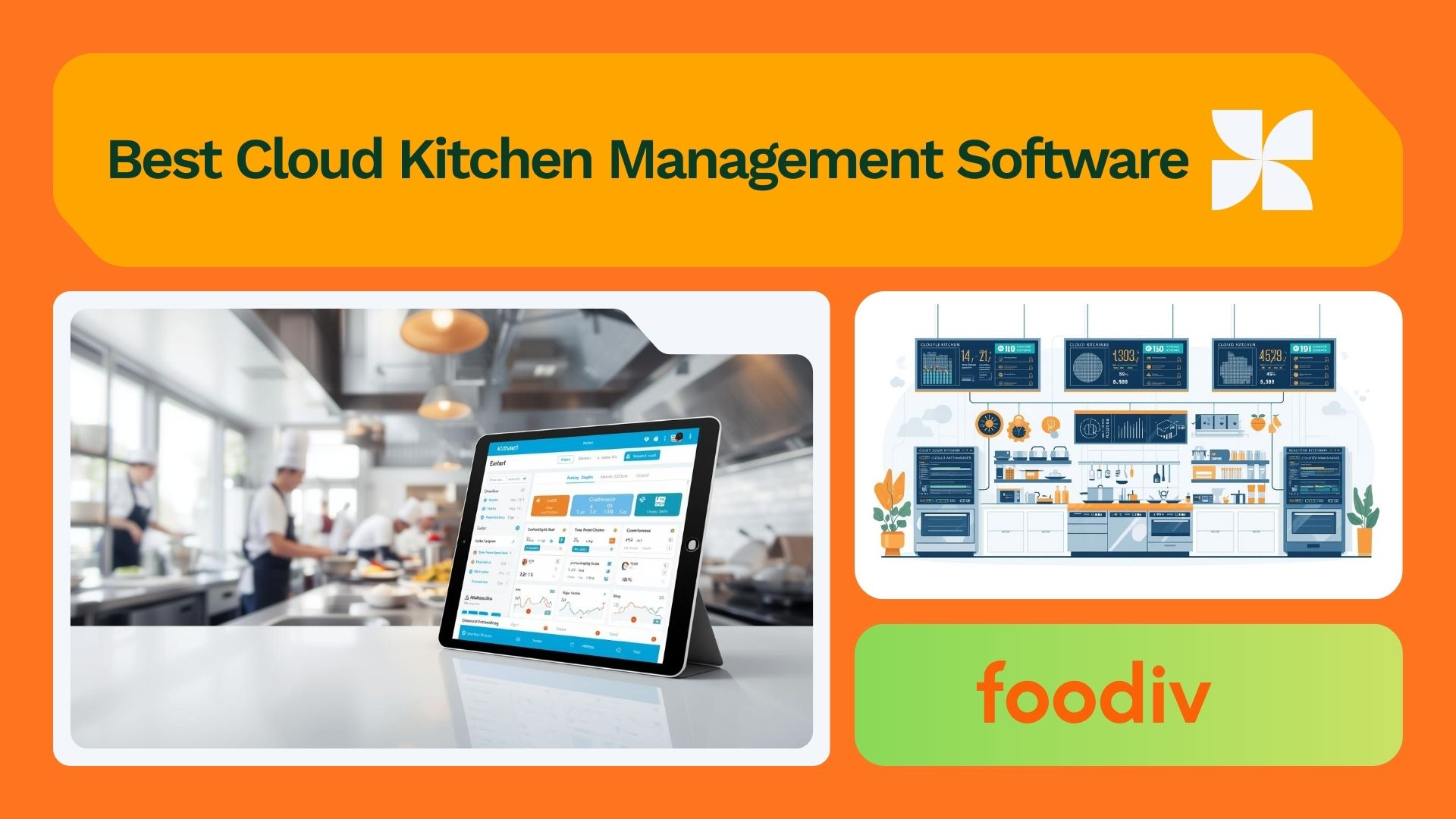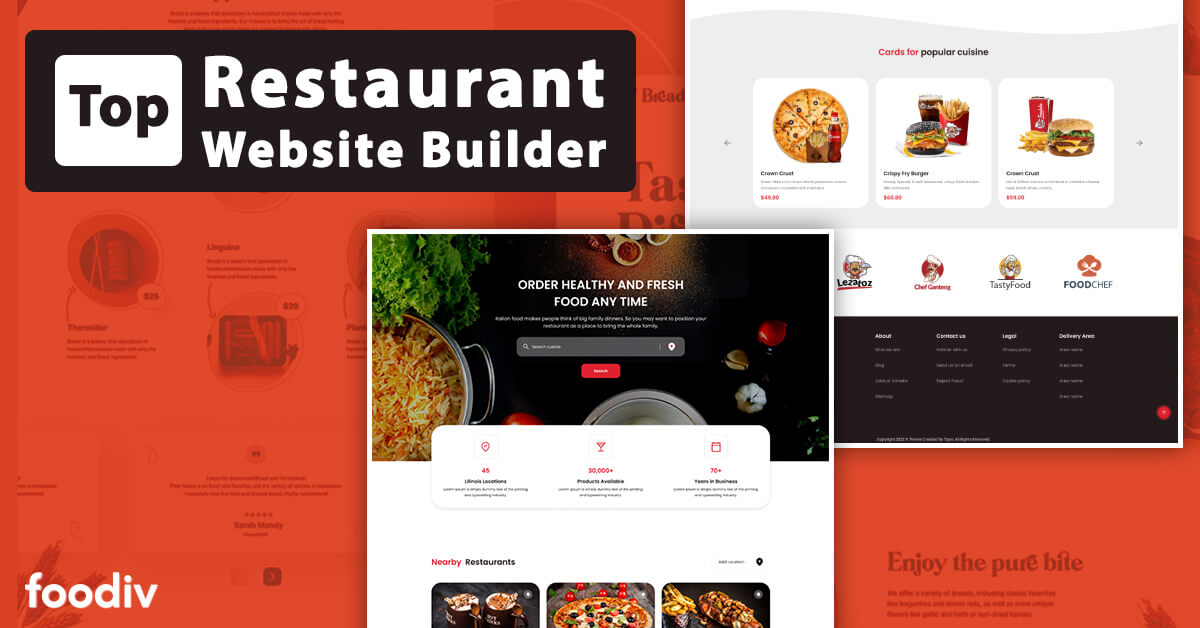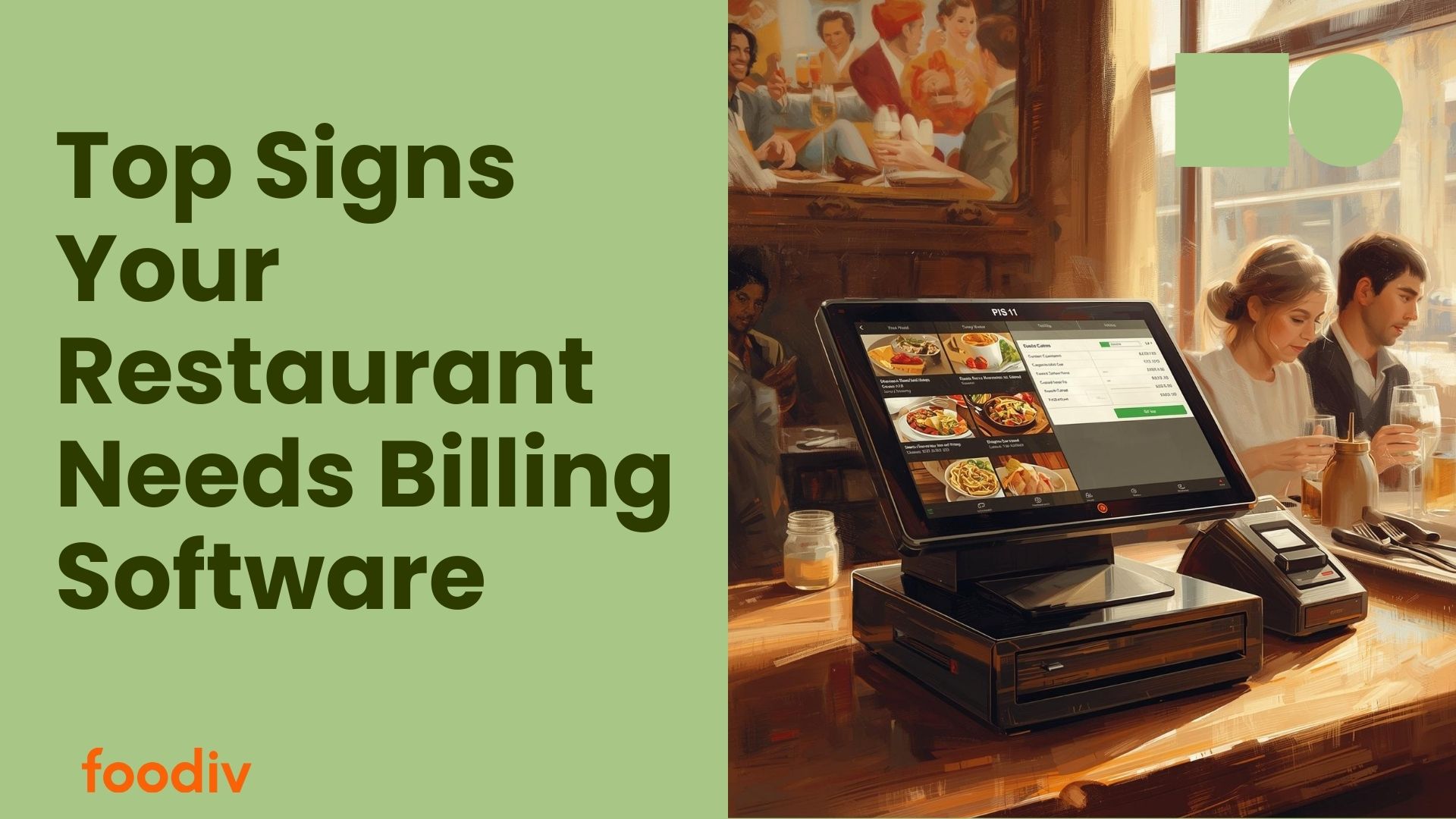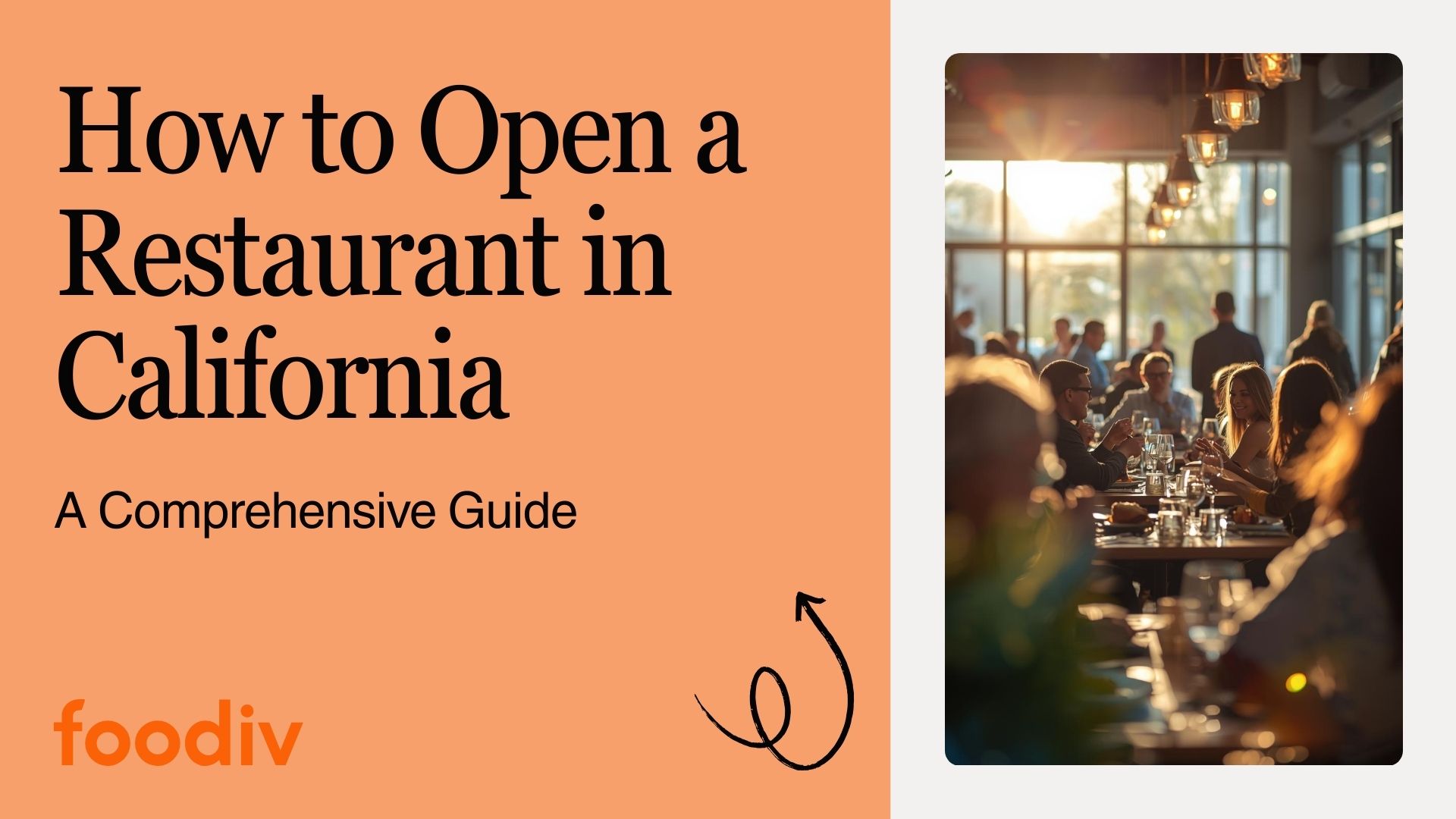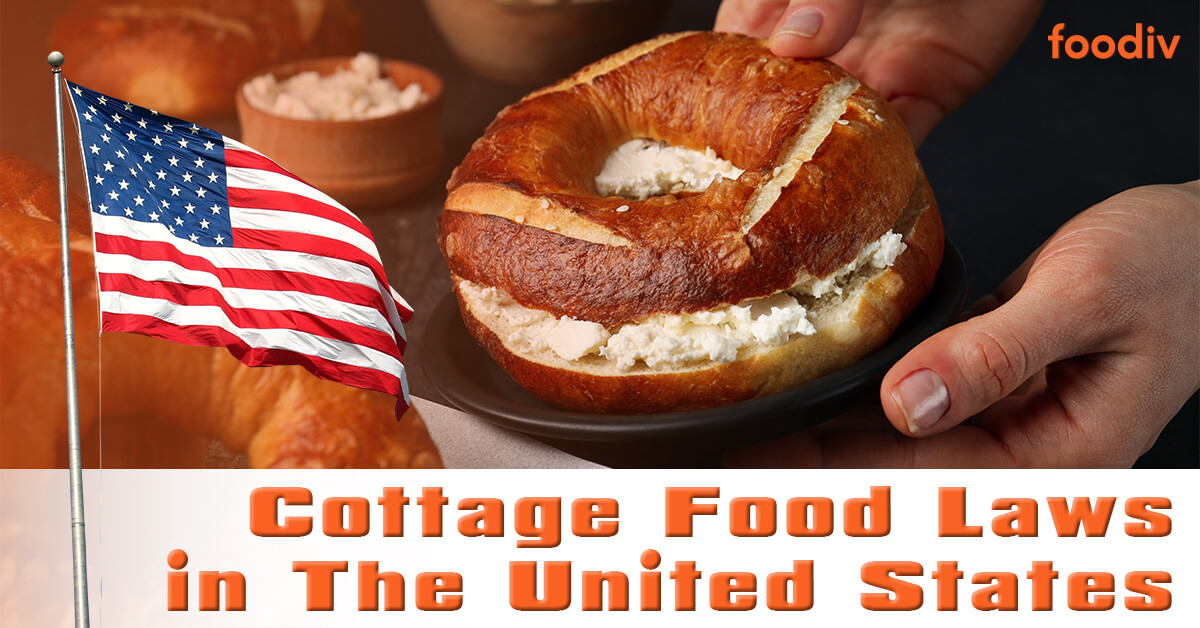
The U.S. cottage food market has seen an expansion of home-based food businesses because of cottage food laws. These laws enable people to prepare and sell non-PHF (Non-Potentially Hazardous Foods) foods to the public from their homes using home equipment without needing a professional license.
Presently, 49 states in the United States of America have passed cottage food laws, with New Jersey passing the law in 2022. This can be attributed to an emerging appreciation of the economic opportunity and social impacts of growth-focused microenterprises in food production.
The importance of understanding the cottage classification of food establishments, the legal requirements regarding cottage foods, and the laws regulating the same cannot be overstated. Especially for home-based food entrepreneurs, consumers, and policymakers keen on encouraging small-scale entrepreneurs in business should understand how to get around cottage food laws.
What Is Considered Cottage Food?
Cottage food, also known as home-based or homemade food, are food product prepared and legal in certain states to be sold directly to the consumer. These foods are usually categorized as non-hazardous, meaning that if an undesirable microorganism is present in the foods, then it doesn’t have to be controlled by time and temperature.
Common Cottage Food Categories
Here is a list of the common cottage food categories for home bakers and small business owners to start cottage food businesses:
- Baked Goods:
- Breads, rolls, and biscuits
- Cakes, cupcakes, and cookies
- Pastries and pies (fruit-filled only, no cream or custard fillings)
- Crackers and pretzels
- Candy and Confections:
- Chocolates and fudge
- Hard candies and brittles
- Caramels and toffees
- Fruit Products:
- Jams, jellies, and preserves
- Fruit butter
- Dried fruits
- Dry Mixes:
- Baking mixes
- Soup mixes
- Spice blends
- Honey and Syrups:
- Pure honey
- Maple syrup
- Sorghum syrup
- Nuts and Nut Products:
- Acidified Foods (in some states):
- Pickles and relishes
- Salsas and chutney
- Dehydrated Products:
- Dried herbs and spices
- Dehydrated vegetables
- Dried pasta
- Vinegar and Flavored Oils
- Popcorn and Popcorn Balls
Key Characteristics of Cottage Foods
If you want to set up a cottage food business, then you should be aware of the key characteristics of cottage foods:
- Do not require refrigeration for safety
- Have a low moisture content
- Have a high sugar or salt content (natural preservatives)
- Have a high acid content (pH level of 4.6 or below)
How Do I Get a Cottage Food License or Permit?
Before briefing on how to find cottage food laws by state, let us understand how to get a cottage food permit. Every state has unique guidelines and procedures that need to be followed to be able to apply for a cottage food license or permit or even at a county or city level.
However, here’s a general guide to help you navigate the process:
Research your state’s laws
- Look at your state Department of Health or Agriculture’s website.
- Specific regulations for cottage foods or general home-based food business rules should be searched.
- Sales limitations, permitted products, and specific conditions should be recorded.
Determine your eligibility
- Check that the products you want to offer fall under cottage food laws
- Determine if you have met any specifications required in your home kitchen.
Complete required training
- Most states have laws where a food handler’s certificate or food safety training is mandatory.
- This usually consists of taking a course on the Internet and passing a test.
Prepare your kitchen
- Make sure the kitchen is hygienic all the time
- There are certain states which may demand that the business ingredients and equipment should be stored separately.
Develop product labels
- Make labels that hold to the state’s standards
- Usually, it contains your name, address, product name, ingredients used, and a statement to show that the product is homemade.
Register your business
- Obtain a DBA (Doing Business As) or assuring name for the business from your state.
- Get any permits that are needed to operate a business in your city or county
Learn how to fill your cottage food license or permit
- Complete the application you get from either the state health department or your state department of agriculture.
- Provide all necessary paperwork (Food safety certification, training, sample label, etc.,)
- Pay any associated fees
Prepare for Inspection (if needed)
- A few states demand that kitchen inspections should be done at the beginning
- Make certain, however, that your kitchen and operation meet every regulation.
Await approval
- The processing time depends on what state you are in.
- Or you may get your permit in the post or you may have to go down to the post office to collect it.
Maintain compliance
- Get your permit current, some are valid for one year or less.
- It is important for one to know about any changes in cottage food laws in his state.
Cottage Food Laws by State
After understanding what cottage law is, below is a list of the top 10 state cottage laws to know if you are running as a cottage food operator:
California
California cottage food laws are one of the most permissive cottage food laws offering a two-tier system: Class A is for direct selling and Class B for indirect selling, with a relatively high allowable monthly sale of $75000 for class B operations. The state has a large number of foods that are not considered dangerous and does permit both direct and indirect sales, online too.
Texas
One feature of the cottage food industry in Texas is that there is no restriction on the sale of the products. But they have to sell primarily through farmers’ markets, farm stands, and the internet.
In Texas cottage food laws, a producer must have a food handler’s card and meet several labeling requirements to guarantee the food’s safety. This concept enables the cabling food business to operate effectively and sell food locally and online as long as the regulations provided by food laws are followed.
New York
New York cottage food laws are more restrictive to the sale of home processors, putting exact conditions like the annual sales not exceeding $50000 and the processors required to register. The state allows assorted types of baked products, jams, and candies but restricts their sales on the Internet.
Florida
Florida takes a moderate approach to adopting a two-tier system similar to that of California with a sale of $250,000 a year, permitting the selling of a wide range of products through the Internet but a requirement of food hygiene certification. The state permits a wide range of products, including baked goods, preserves, and even some beverages. This balanced framework encourages entrepreneurship while safeguarding public health.
Illinois
Illinois cottage food laws recently expanded its cottage food law and allowed prepared food to be sold for up to $35,000 per year through farmers’ markets, home, and online selling in Illinois as long as they register and complete food handling courses.
Michigan
Michigan has a maximum allowed annual sales of $25000, which are allowed for various non-potentially hazardous foods and do not require licensing or inspection, but require specific labeling.
Ohio
The state of Ohio can be considered liberal by permitting cottage food to be produced without obtaining a license and having no ceiling on revenue generated from the food sold. There are some guidelines in Ohio cottage food laws for labeling cottage food which includes baked goods, candy, jams, and other non-hazardous foods.
Pennsylvania
Pennsylvania cottage food laws have a more stringent approach, only allowing the sale of most homemade foods through a license but allowing the sale of certain non-potentially hazardous foods directly to consumers.
Washington
In Washington cottage food laws, cottage food businesses can make up to $50,000 a year from their home kitchen. To operate, they need a permit, which requires passing a food safety course and an inspection. These businesses are limited to selling non-perishable items like baked goods, jams, and dried mixes.
Arizona
In the case of Arizona cottage food laws, the approach seemed to be lenient as no license is needed for cottage food producers to sell directly to the consumers but registration must be made.
Non-hazardous food is allowed even those that are high acid and low acid foods and the state does not place a maximum sales limit but does require food handlers to undergo training and labeling.
Maryland
Maryland state’s cottage food law permits businesses to sell non-PHF (Non-Potentially Hazardous Foods) products for over $25,000 annually. Producers must apply for a home processing license, which includes a kitchen inspection, and can only sell directly to customers at farmer markets and other events.
It is illegal to sell any food produced through that process online and the product must be labeled in a certain way, including a statement warning that the food was made in a home kitchen.
Conclusion
Understanding cottage food regulations is a very important aspect that any person planning on turning his or her homemade products into a business must learn. Regulations, measures of safety, labeling, and sales limits have been outlined in this guide from the ground up. First of all, any person interested in the cottage food business should look up particular requirements in their state and follow them closely.
Gaining a better understanding of cottage foods and following these guidelines will help you begin your cottage food journey, transforming your cooking drive into a profitable business and adding value to everyone’s lives. This sector holds great potential for growth because when handled properly there is no limit to what the cottage food industry can offer.


